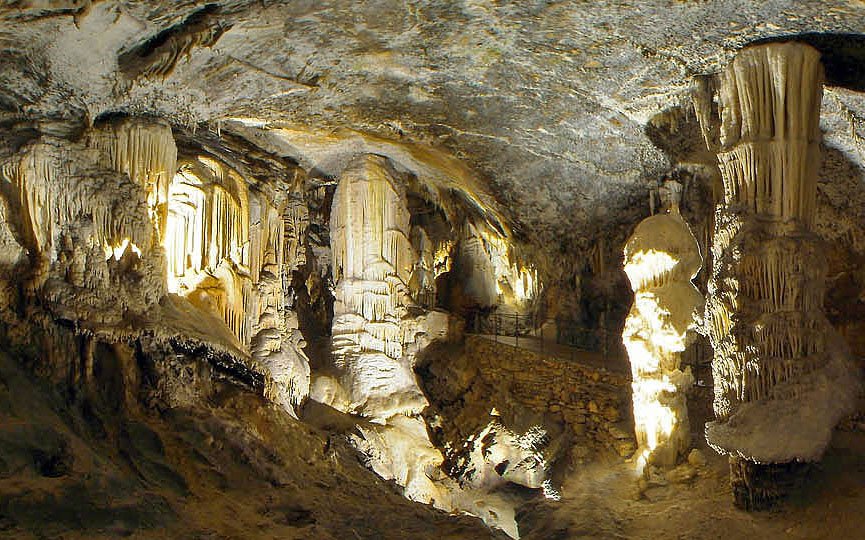Beneath the rolling green hills and storybook forests of Slovenia, an invisible world pulses with life. It’s easy to imagine the surface animals—brown bears, lynx, or chattering birds—but few realize that below lies a realm as vibrant as any city’s nightlife. In the endless dark of Slovenia’s limestone caves, creatures like the elusive blind salamander and mysterious cave beetles have turned perpetual darkness into their own secret nightclub. Here, under a ceiling of dripping stone, the rhythm of life is dictated not by sun and moon, but by adaptation, survival, and astonishing interdependence.
The Enigmatic Depths of Slovenia’s Karst Caves
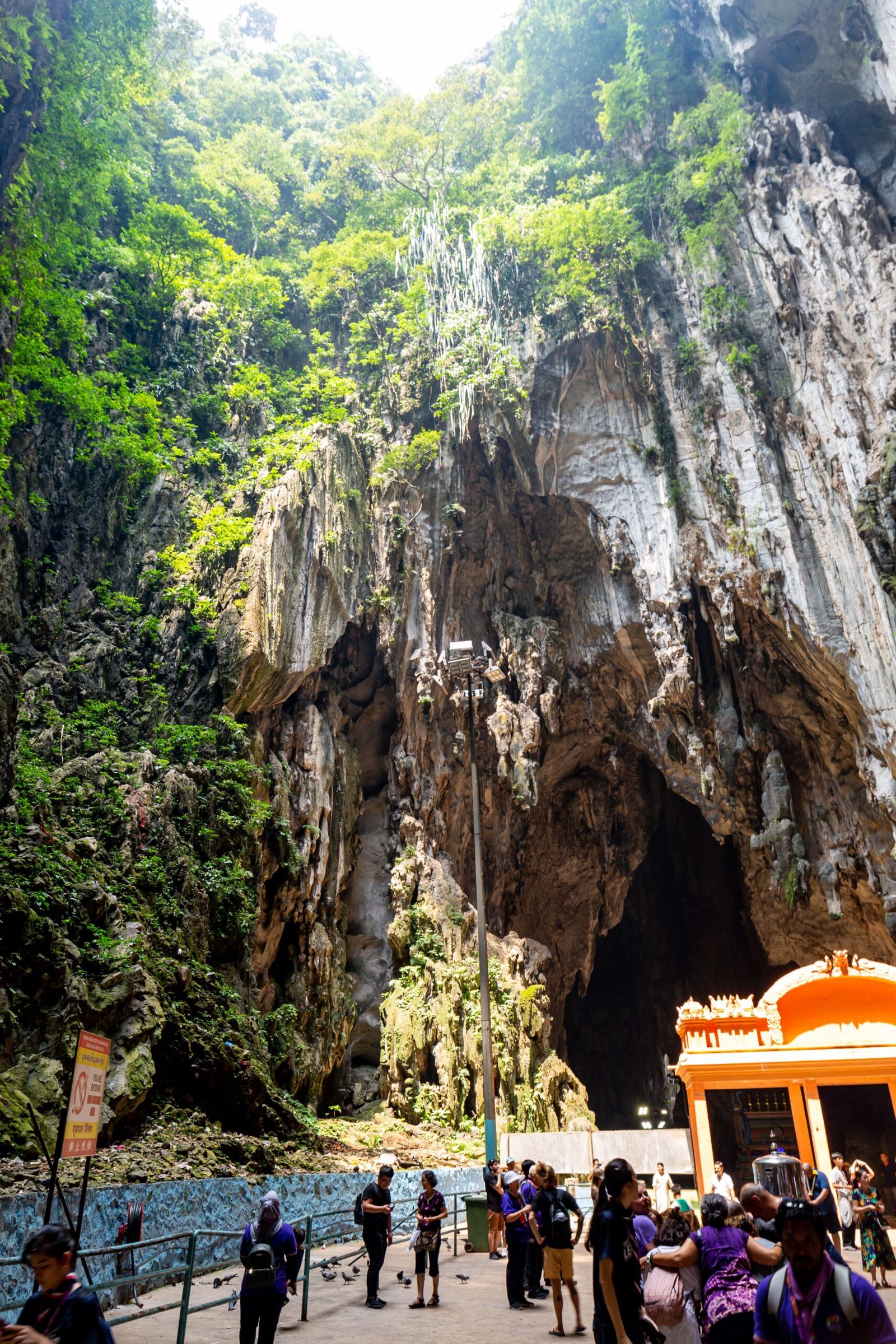
Slovenia is famous for its karst landscape, a region riddled with caves, sinkholes, and underground rivers. These caves form a labyrinth stretching for hundreds of kilometers, connecting hidden chambers and echoing tunnels. Unlike the vibrant surface, these depths are shrouded in total darkness, with temperatures remaining cool and steady year-round. The absence of sunlight means no green plants grow, yet life flourishes in remarkable forms. Water seeps through cracks, carrying nutrients that feed entire underground communities. Every drop shapes a unique microhabitat, making these caves a hotspot for scientific discovery and biological wonder.
Meet the Blind Salamander: The Olm
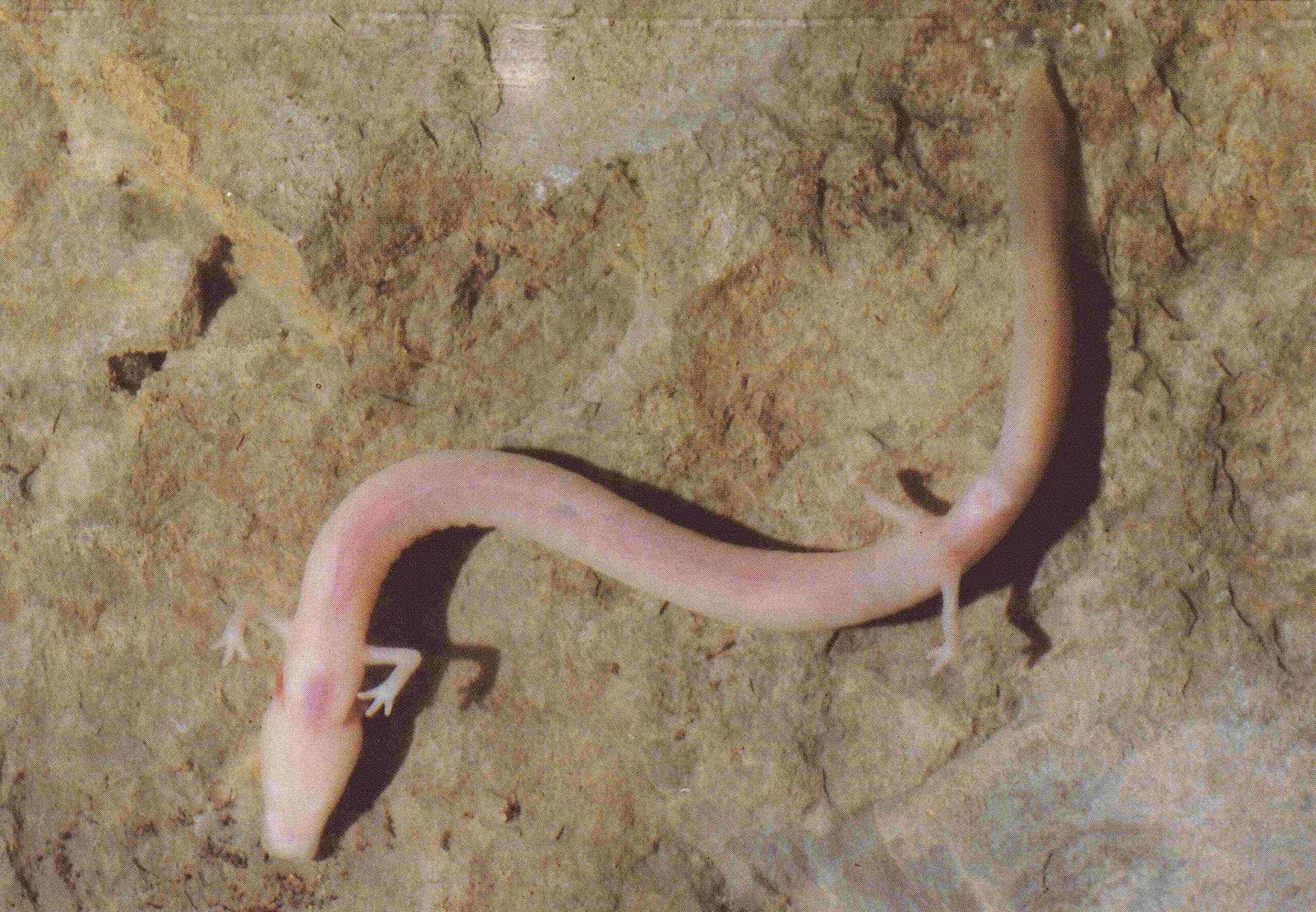
The star of Slovenia’s underground is the olm, also known as the “human fish” due to its pale, almost translucent skin. This rare amphibian has evolved over millions of years to thrive in complete darkness. Olms are blind, relying instead on heightened senses of smell and vibration to navigate. Their long, slender bodies move gracefully through subterranean pools, while their feathery gills wave gently in the water. Living up to 100 years and able to survive without food for years, the olm is a marvel of endurance and adaptation, capturing the imagination of everyone lucky enough to glimpse it.
Cave Beetles: The Silent Clean-Up Crew
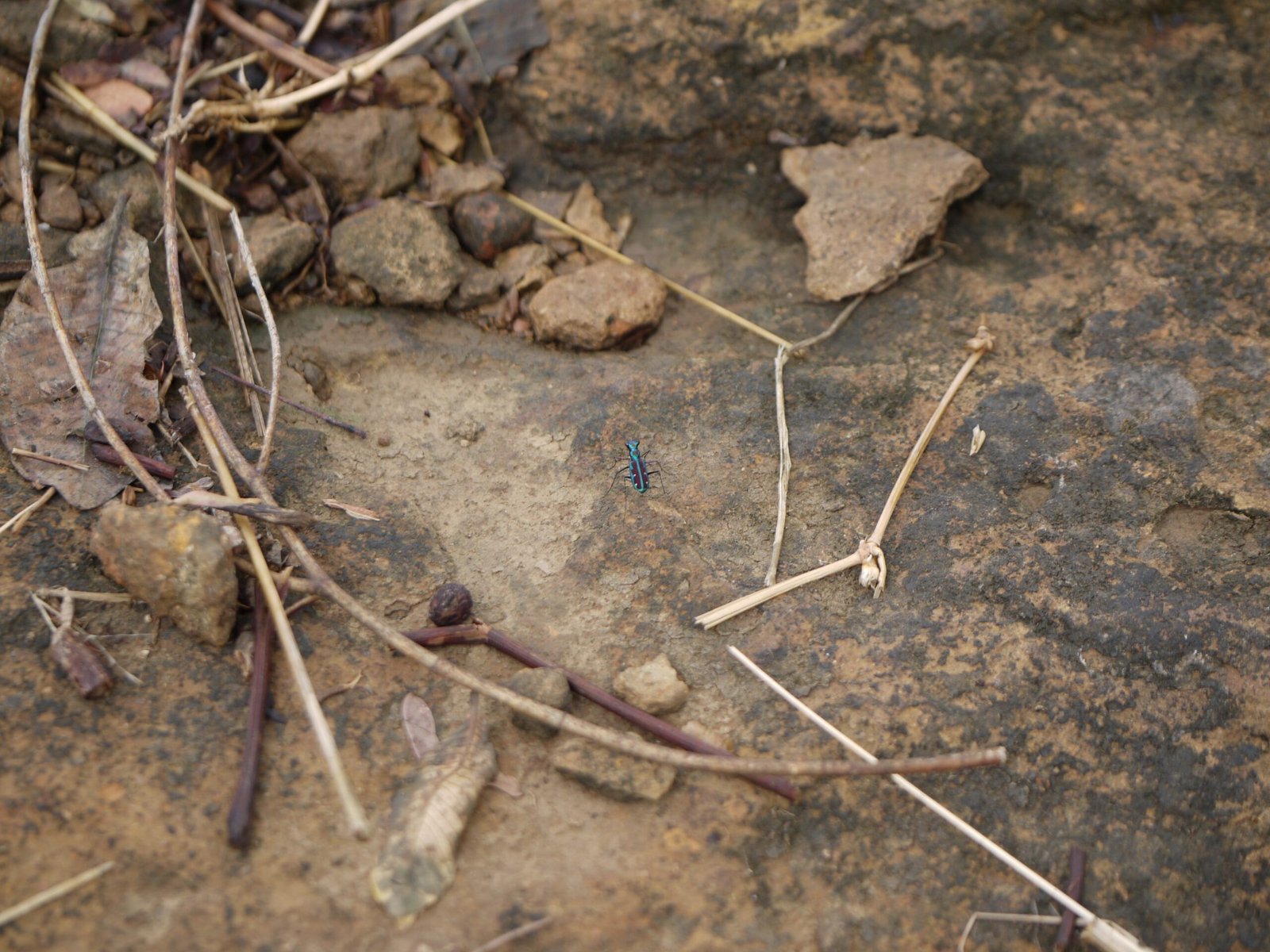
Scuttling through the darkness are dozens of beetle species, many found nowhere else on Earth. Some are tiny and ghostly white, while others sport armored shells. These beetles play a vital role as decomposers, feeding on decaying organic matter and keeping the cave ecosystem clean. Their elongated antennae help them sense their way, while powerful jaws break down food that would otherwise accumulate. In the absence of obvious predators and competitors, cave beetles fill an ecological niche that’s both humble and crucial—like janitors in a nightclub, quietly ensuring the party never stops.
Nightclub Vibes: How Life Pulses in the Dark
Although there’s no music or neon lights, the Slovenian cave ecosystem buzzes with a different kind of energy. Imagine a nightclub where the beat is set by dripping water and the dancers are blind creatures finding their way in pitch black. Every species has its own role, and their interactions form a web as intricate as any social scene. Some animals, like amphipods and isopods, act as the crowd, swarming over fallen leaves or animal remains. Others, like the olm and cave beetles, are the VIPs, central to the ecosystem’s delicate balance. This hidden world is alive with constant movement, unseen by human eyes.
Extreme Adaptations for an Unforgiving World
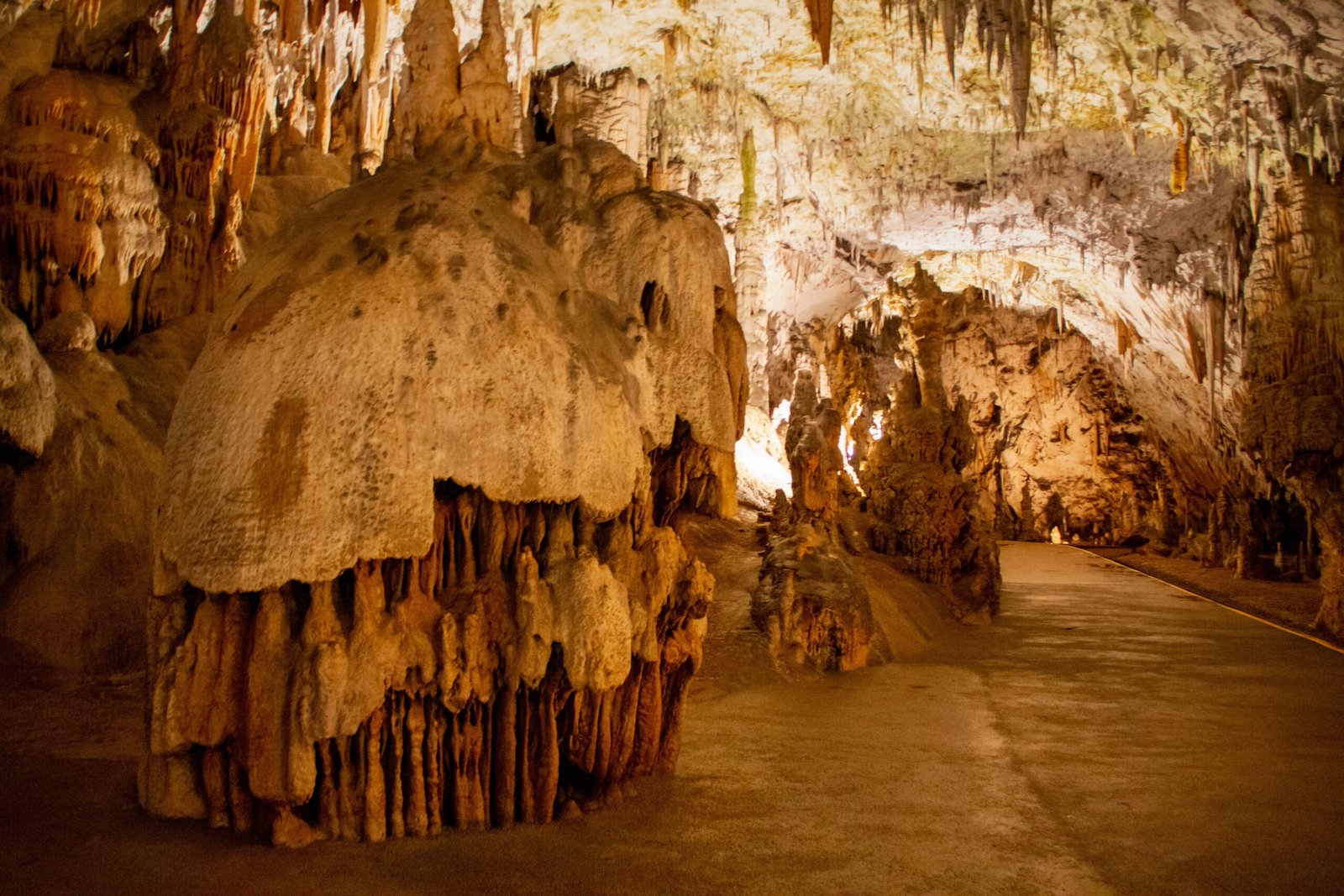
Life in Slovenian caves demands extraordinary adaptations. Without sunlight, eyes become useless, so many cave creatures are blind or nearly so. Skin loses its pigment, turning animals pale or even transparent. Food is scarce, so metabolism slows, and creatures like the olm can survive on almost nothing for astonishing periods. Sensory organs become supercharged; antennae, whiskers, or specialized cells allow animals to sense movement, chemical changes, or the faintest vibrations. Such adaptations may seem alien, but they are essential for survival in this harsh, beautiful underworld.
Food Chains Without Sunshine
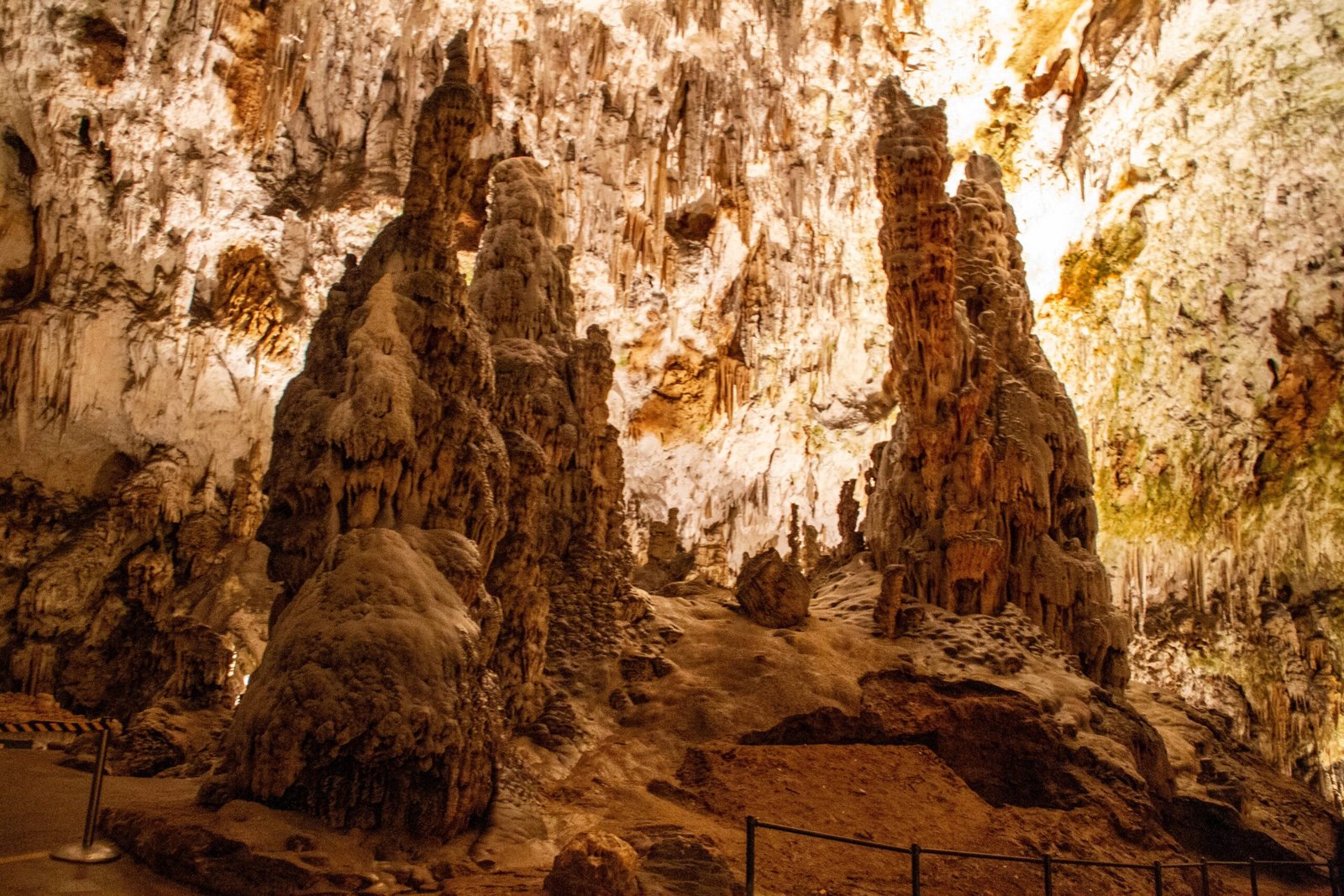
In the absence of sunlight, the cave’s food web relies on what drifts in from above. Organic debris—dead leaves, animal droppings, or tiny invertebrates—is carried by water or gravity into the depths. Microbes break down this material, providing a foundation for the ecosystem. Beetles, crustaceans, and other invertebrates feed on the microbes and decaying matter. Predators like the olm hunt these smaller creatures, keeping populations in check. It’s a slow-motion dance, with every participant dependent on those above and below them in the chain.
Symbiosis and Competition: Sharing the Nightclub
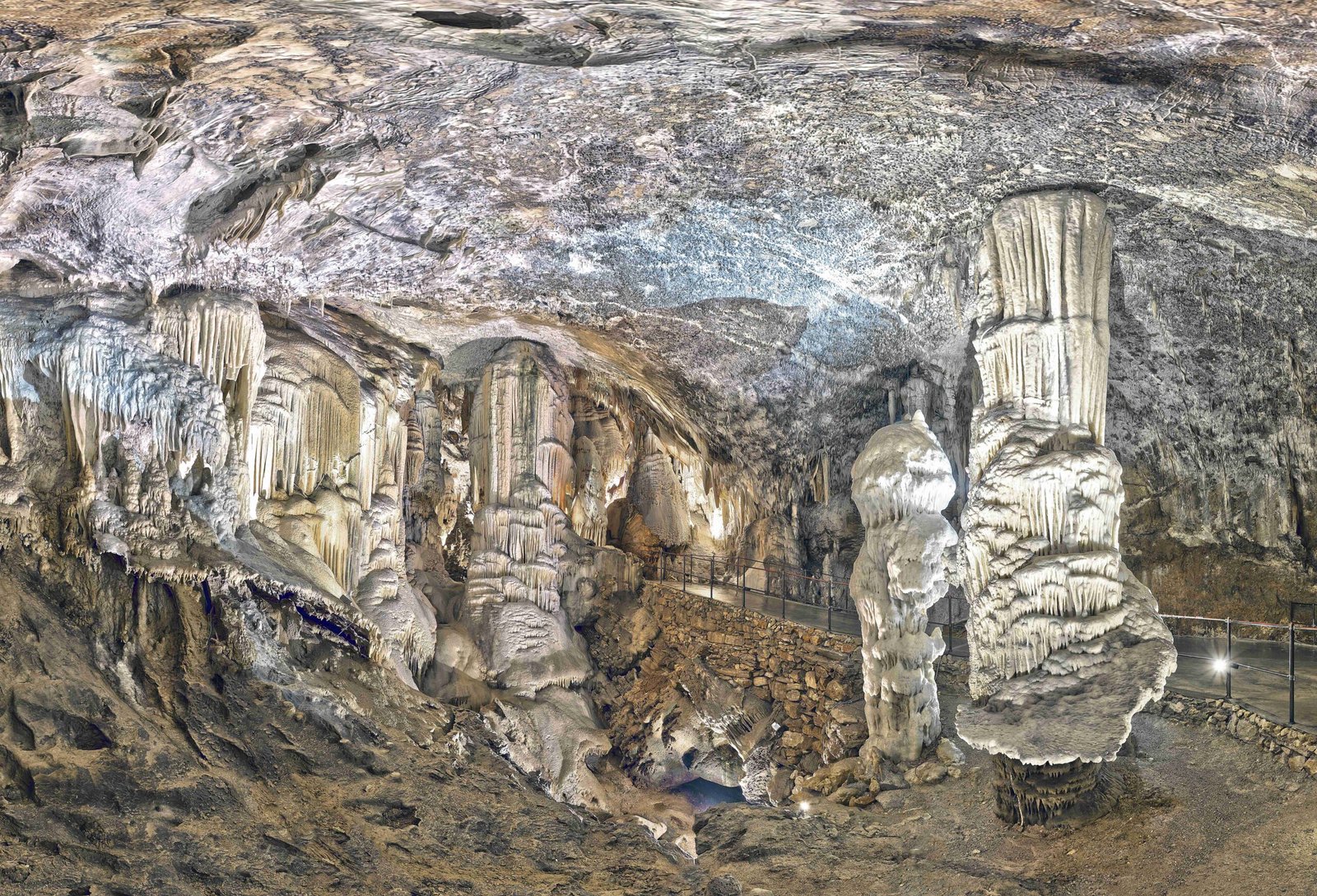
Just like in any crowded nightclub, cave residents must learn to coexist, sometimes cooperating and sometimes competing. Beetles and crustaceans may share the same food source, leading to rivalry and territorial behavior. Yet, there’s also a kind of unspoken truce—some species benefit from the activities of others. For example, beetles breaking down organic matter make nutrients available for microbes and smaller scavengers. The olm, as a top predator, helps control populations, preventing any one species from dominating. This delicate balance is key to the cave’s long-term survival.
Scientific Surprises: Discoveries Still to Be Made
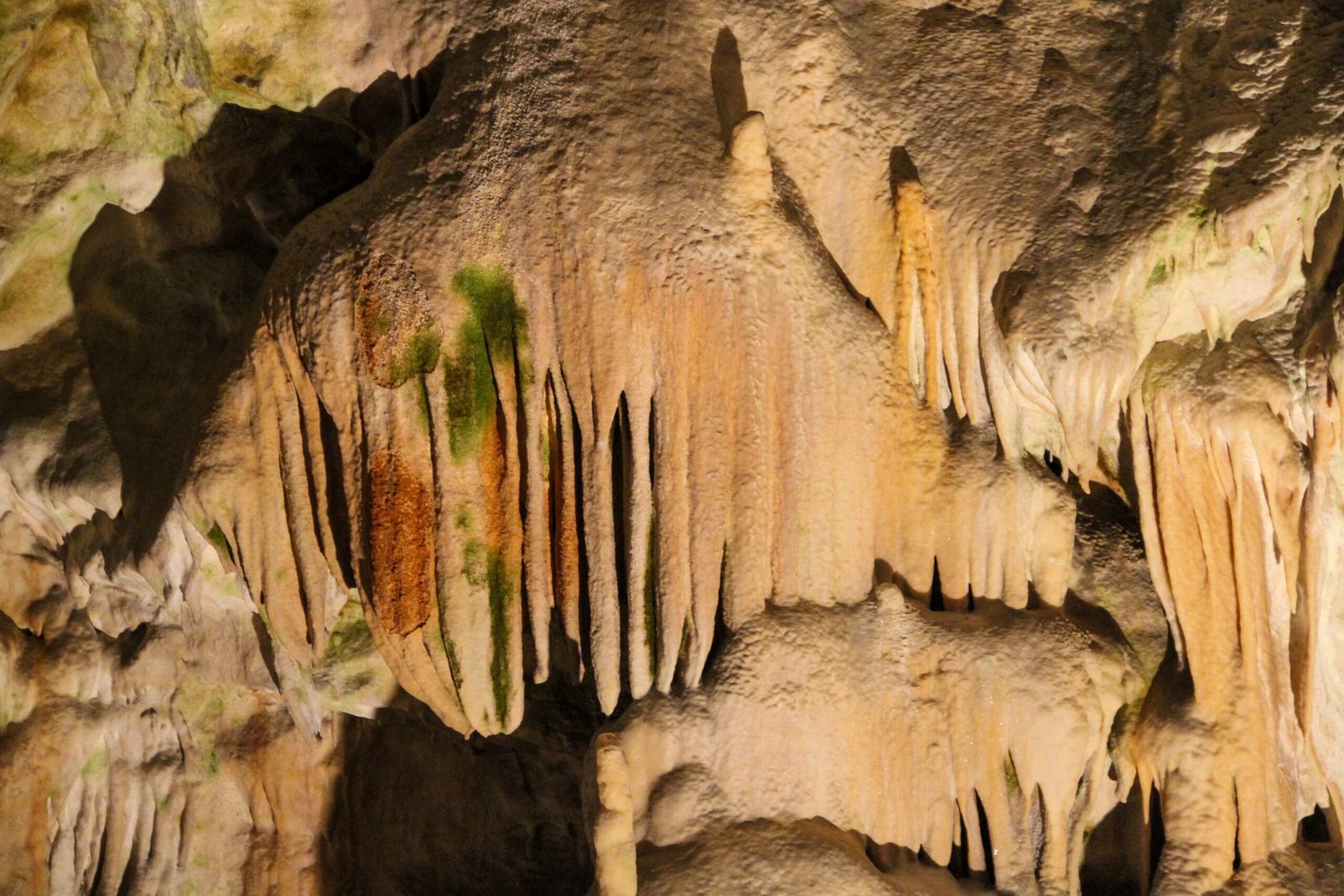
Slovenia’s caves are a treasure trove for scientists, who regularly uncover new species or surprising behaviors. Every expedition brings the possibility of finding something never before seen by human eyes. The olm itself was once thought to be the baby of a dragon, a myth that speaks to the awe these creatures inspire. Recent research has revealed that some cave beetles can survive in total isolation for years, while others display unusual forms of communication. These findings remind us that, despite centuries of study, the cave’s secrets are far from exhausted.
Threats to a Fragile Underworld
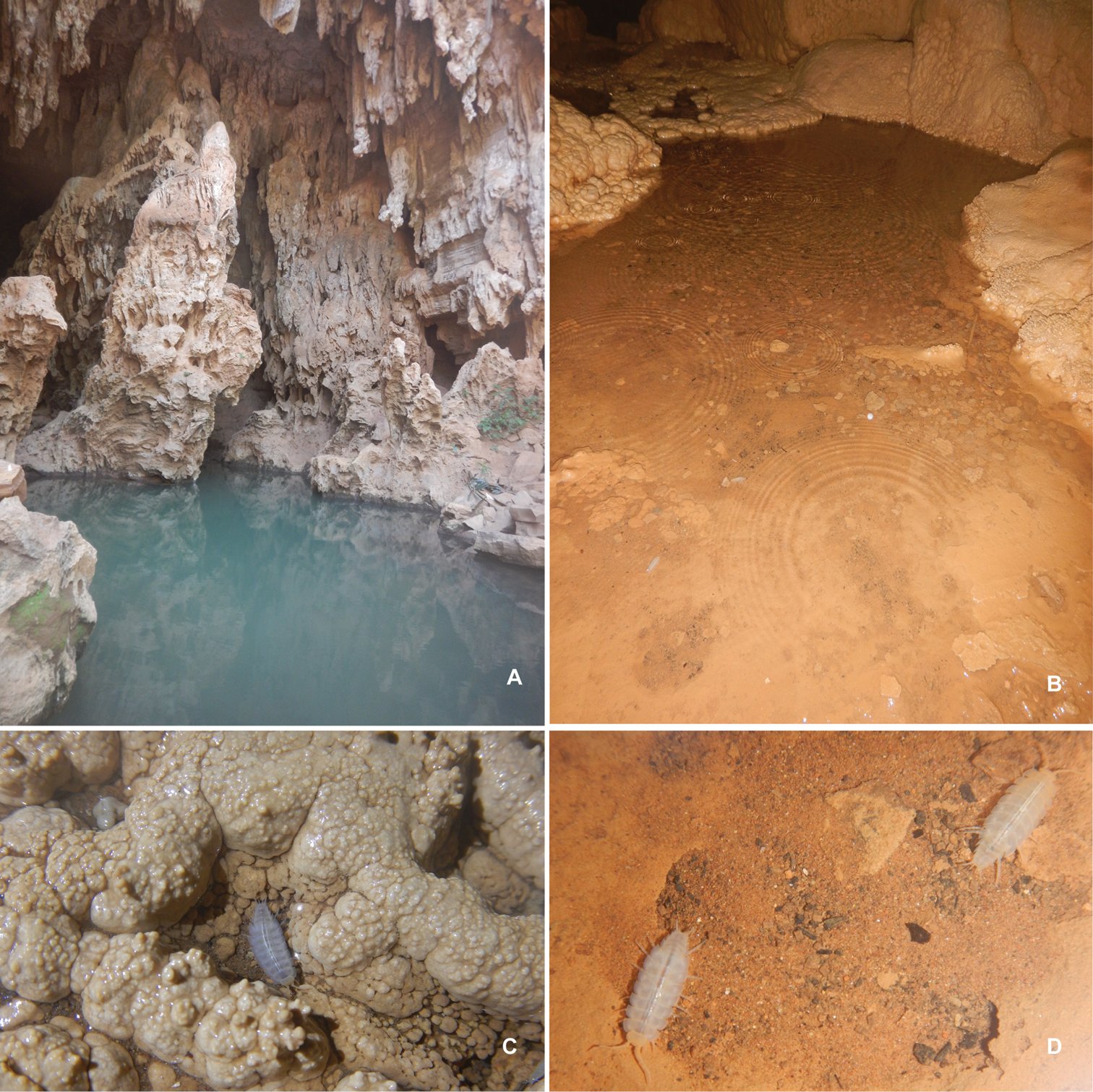
Despite their hidden location, Slovenia’s cave ecosystems are alarmingly vulnerable. Pollution from agriculture, tourism, or urban development can seep into the delicate limestone, poisoning water and threatening life. Climate change alters rainfall patterns, affecting the flow of nutrients and water into the caves. Even the simple act of exploring caves can introduce foreign organisms or disturb sensitive habitats. Protecting these ecosystems requires vigilance, strict regulations, and public awareness. The survival of creatures like the olm and cave beetle depends on choices made far above ground.
Why the Cave Club Matters for Everyone
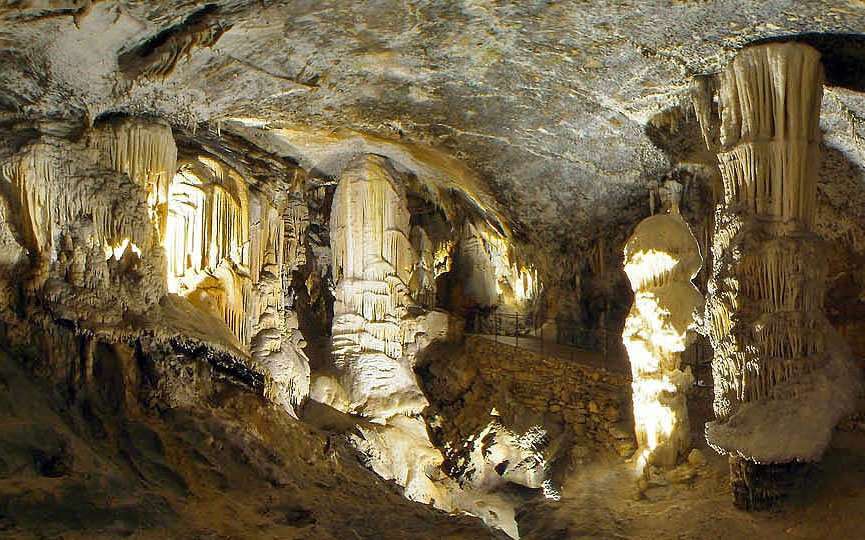
It’s tempting to think of the underground world as separate from our own, but the truth is more connected and urgent. Caves act as natural water filters, purifying the sources that provide drinking water for thousands. The unique adaptations of cave animals offer clues to medical advances, biotechnology, and our understanding of evolution itself. By protecting and studying these ecosystems, we safeguard not just Slovenia’s natural heritage, but also knowledge and resources that benefit all humanity. The cave nightclub is a club we all have a stake in, even if we never set foot inside.
Every corner of Slovenia’s caves pulses with life, mystery, and resilience—a reminder that even in places of utter darkness, nature finds a way to keep the party going.

